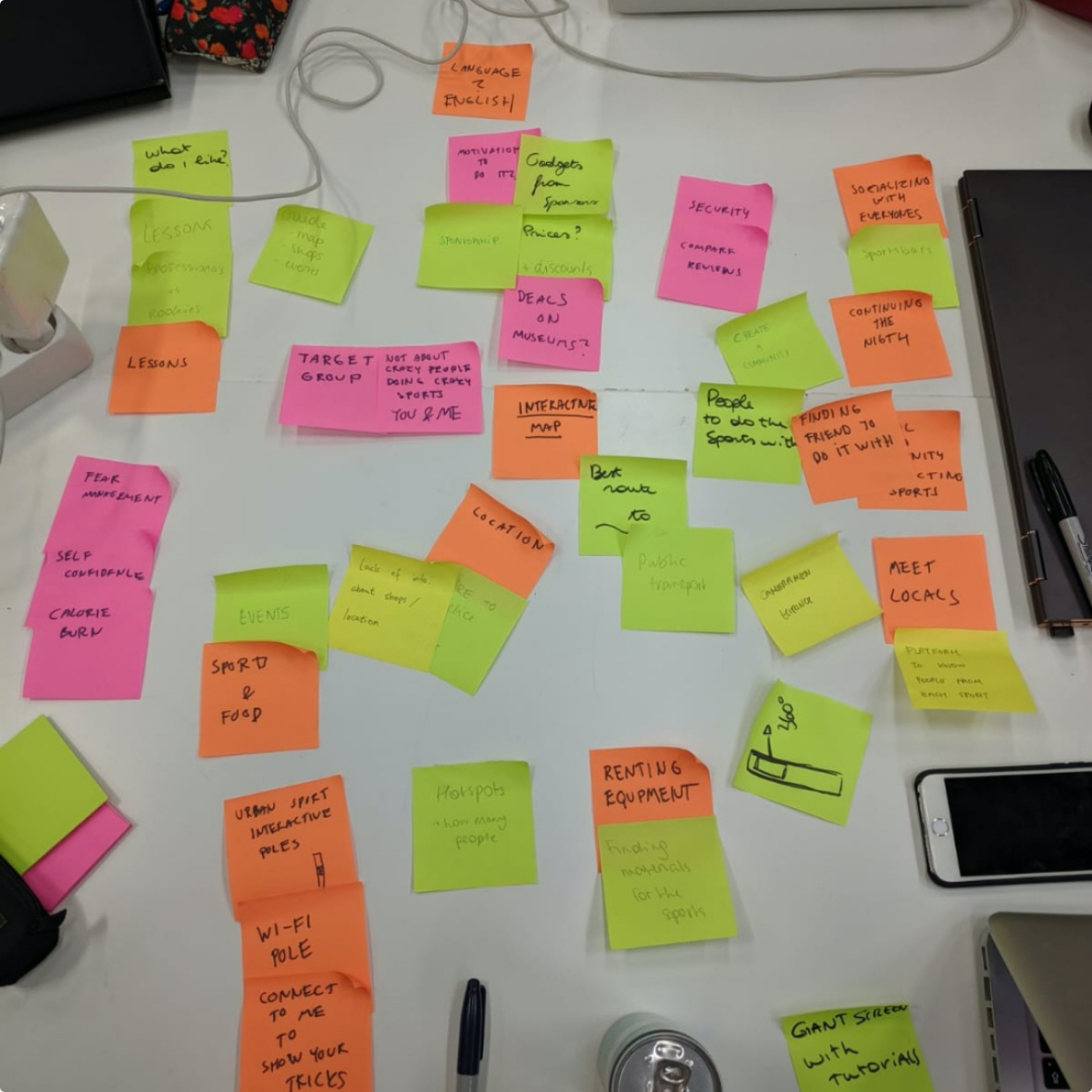➊
Lucas is on his way to Barcelona to celebrate life, his way of doing this is skateboarding.
➋
He read online that the Nexo app is the best way to explore skate spots around the city.
➌
Arriving at his hostel Lucas launches the Nexo app and finds a skate spot nearby by looking at the map.
➍
He can see that the spot has room for one more skateboarder from the live camera feed. The video content in the app is still locked as Lucas has not visited the location yet.
➎
Intrigued by the locked content he decides to roll out and check what the fuzz is about. The app gives him the exact location of the Nexo Point
➏
Arriving at the skate spot his phone vibrates as the Nexo app asks for permission to connect to the Nexopoint at the location.
➐
Lucas connects his phone via Wi-Fi and now has full access to the spot within the app. He skates around for an hour or so and decides to film himself performing a trick on his board.
➑
After a few takes, he is happy with his efforts and uploads the video to the Nexo app. His trick is now being showcased both in the app and on the Nexo Points display.



